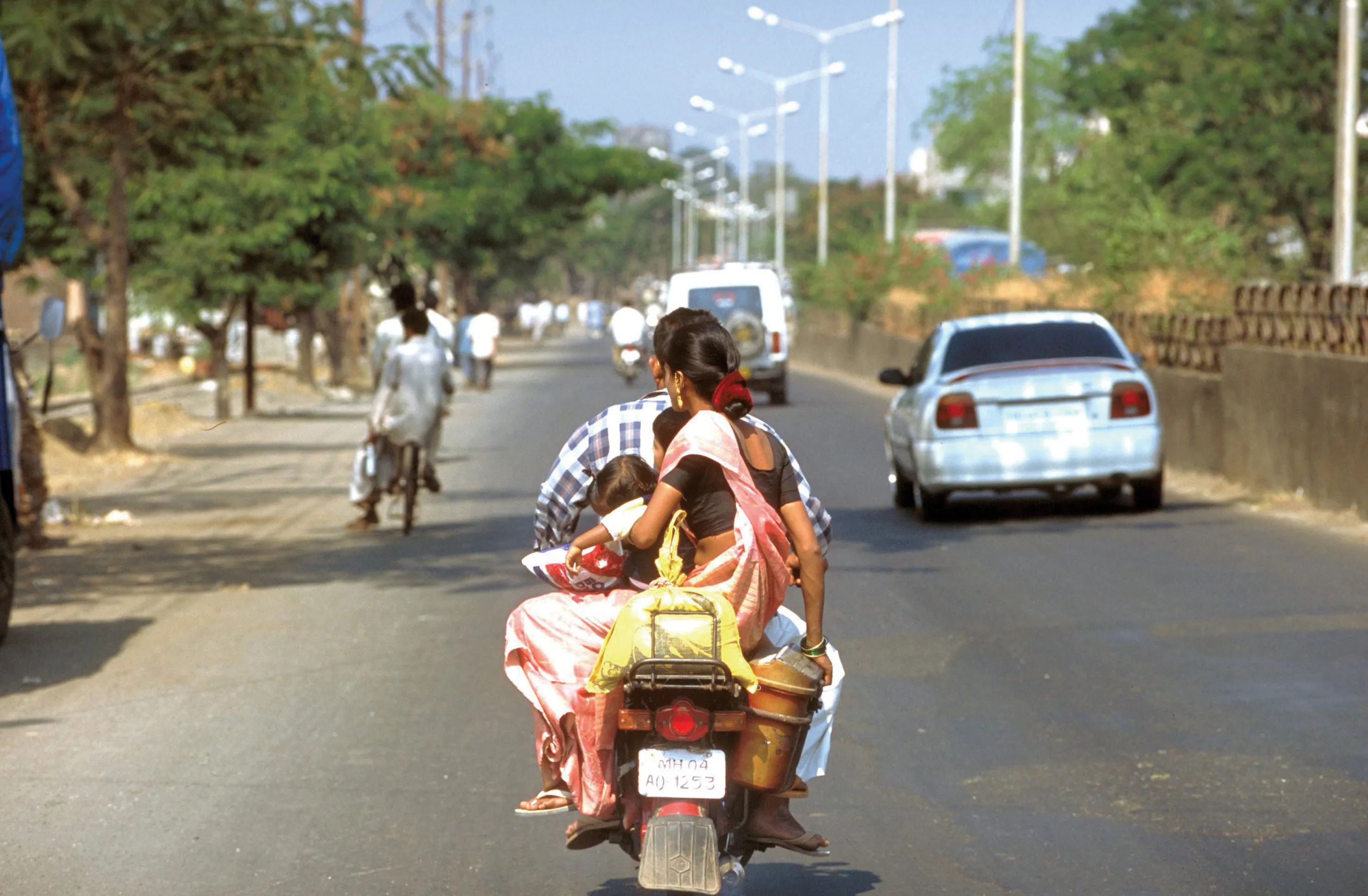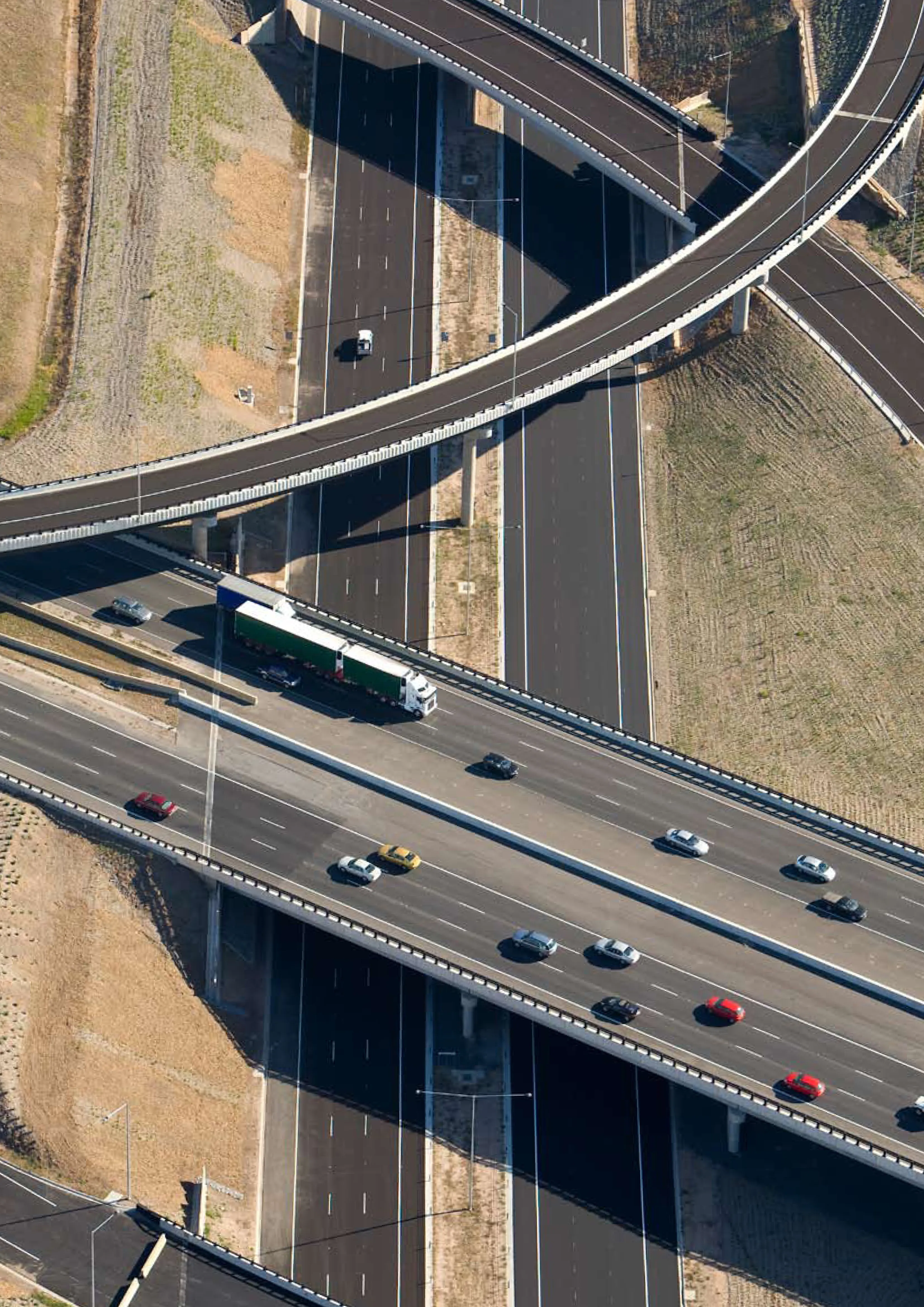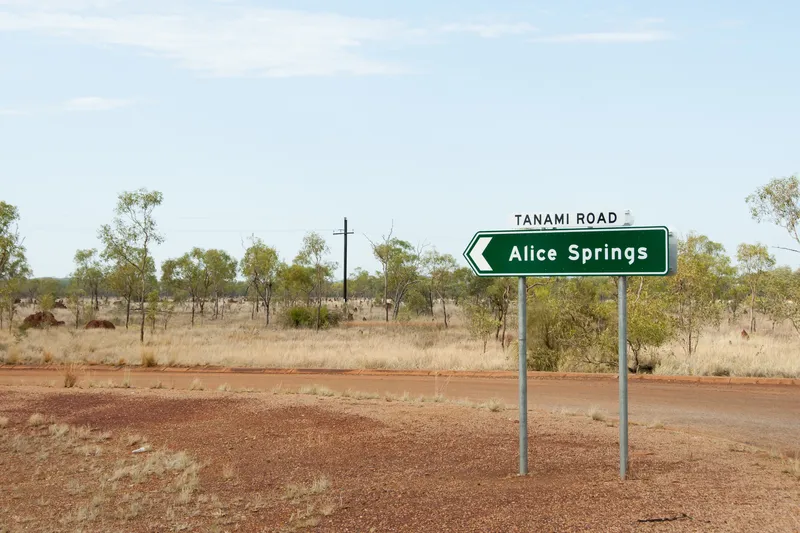Australia’s road safety improved in 2014, with a reduction in road-related fatalities. Official data from the Department of Infrastructure, Transport and Regional Economics shows that the number of people died on roads in Australia stood at 1,153 people, a drop from the previous year’s figure. This is the lowest annual death toll on Australia’s roads for 69 years, which is of note given the massive rise in vehicle numbers during that time. Vehicle safety has certainly played a role with massively improved p
January 21, 2015
Read time: 2 mins
Australia’s road safety improved in 2014, with a reduction in road-related fatalities. Official data from the Department of Infrastructure, Transport and Regional Economics shows that the number of people died on roads in Australia stood at 1,153 people, a drop from the previous year’s figure. This is the lowest annual death toll on Australia’s roads for 69 years, which is of note given the massive rise in vehicle numbers during that time. Vehicle safety has certainly played a role with massively improved protection for occupants, while tougher enforcement of speeding and driving under the influence have also been massively beneficial in reducing the casualty rate.
The results varied across Australia and New South Wales (882 NSW) registered its lowest level in 90 years, at 309 deaths. Tasmania also recorded lower road toll for 2014 compared with 2013, at 35 deaths. Another Australian state that posted a drop was Queensland, at 223 deaths. However, some states did see an increase in road related deaths. Victoria recorded its first rise in road deaths since 2005, at 249. Western Australia also recorded an increase in road deaths, at 181. Other states that registered increases were the Australian Capital Territory (ACT), at 10 deaths; the Northern Territory, at 39; and South Australia, at 107. There are additional causes for concern also. According to a recent Australian Automobile Association (AAA) report, the number of people critically injured on the country’s roads stands at around 32,500 people every year. In Victoria, the only state that regularly releases information from hospitals, the number of people being admitted jumped 13% in the 12 months to April 2014 to around 6,000 people.
The results varied across Australia and New South Wales (








